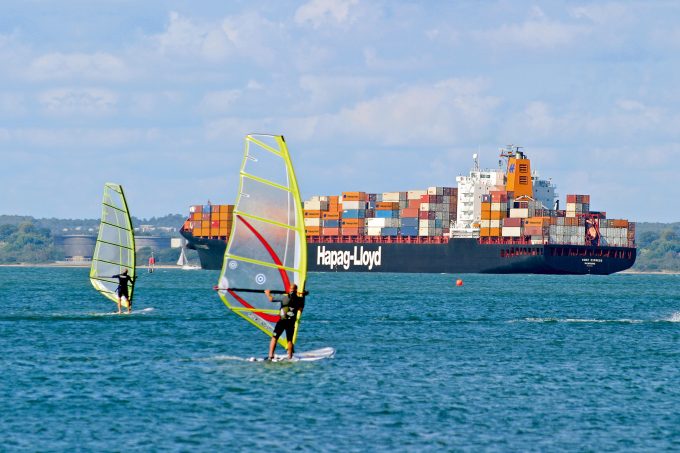Global container demand declines spurred by backhaul blues
All eyes on the tariff fallout

Container hub ports in North Europe appear be coping well with the arrival of a cluster of ships from Asia, delayed after being re-routed around the African coast.
Fears of a repeat of the severe port and landside congestion that plagued the hubs for months after the Ever Given’s six-day blockage of the Suez Canal in 2021 are so far proving unfounded.
According to Hapag-Lloyd’s latest terminal operations update for North Europe, its hub ports of Rotterdam, Hamburg and Southampton saw yard ...
'Disastrous' DSV-Schenker merger would 'disrupt European haulage market'
New senior management for DSV as it readies for DB Schenker takeover
Volumes set to 'fall off a cliff' as US firms hit the brakes on sourcing and bookings
Asian exporters scramble for ships and boxes to beat 90-day tariff pause
Amazon pushes into LTL for small package fulfilment and UPS does a u-turn
Temporary tariff relief brings on early transpacific peak season
Pre-tariff rush of goods from US to China sees air rates soar, but not for long
'Tariff madness' will prompt renegotiation of ocean shipping contracts

Comment on this article